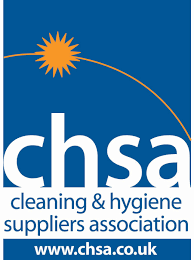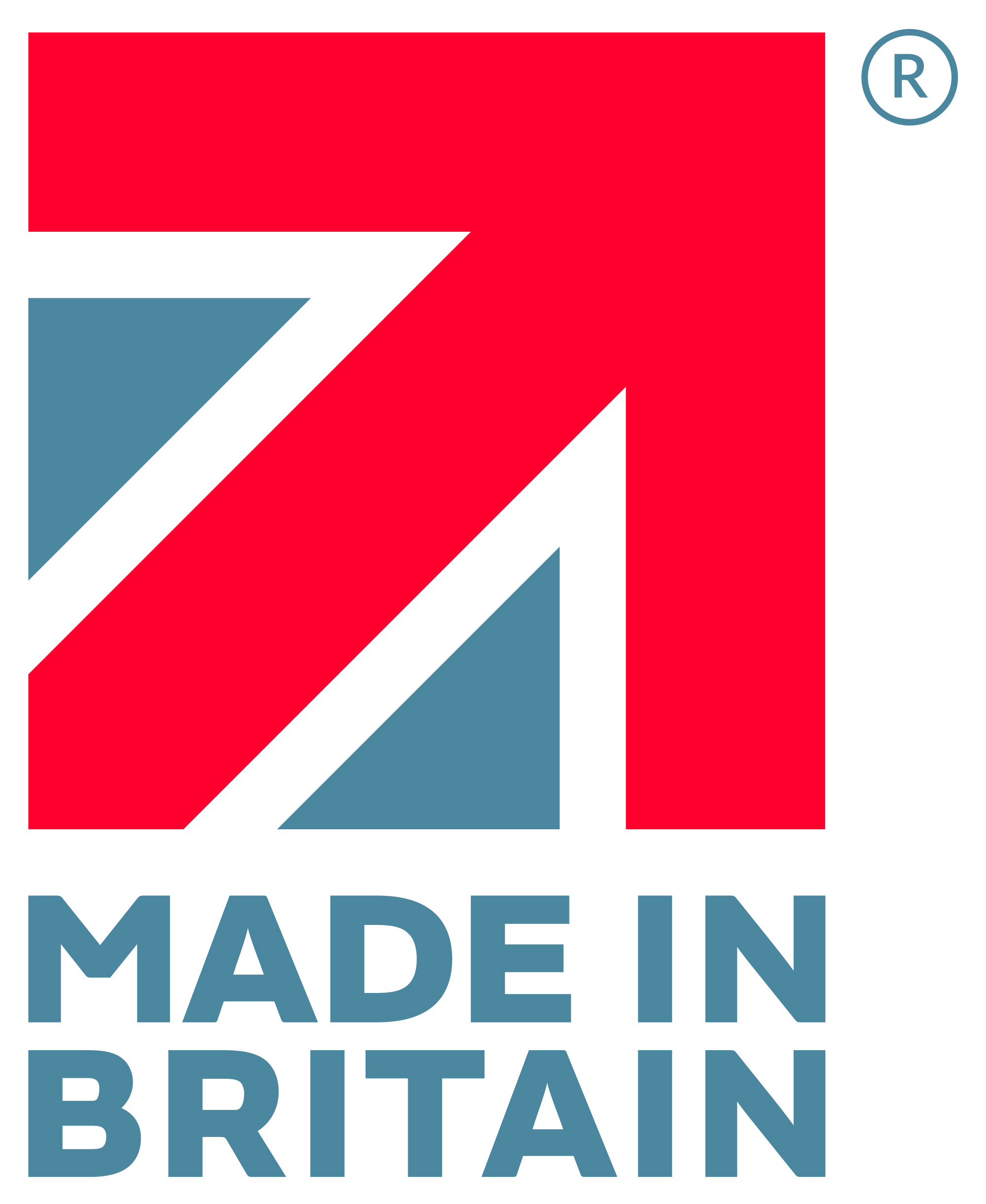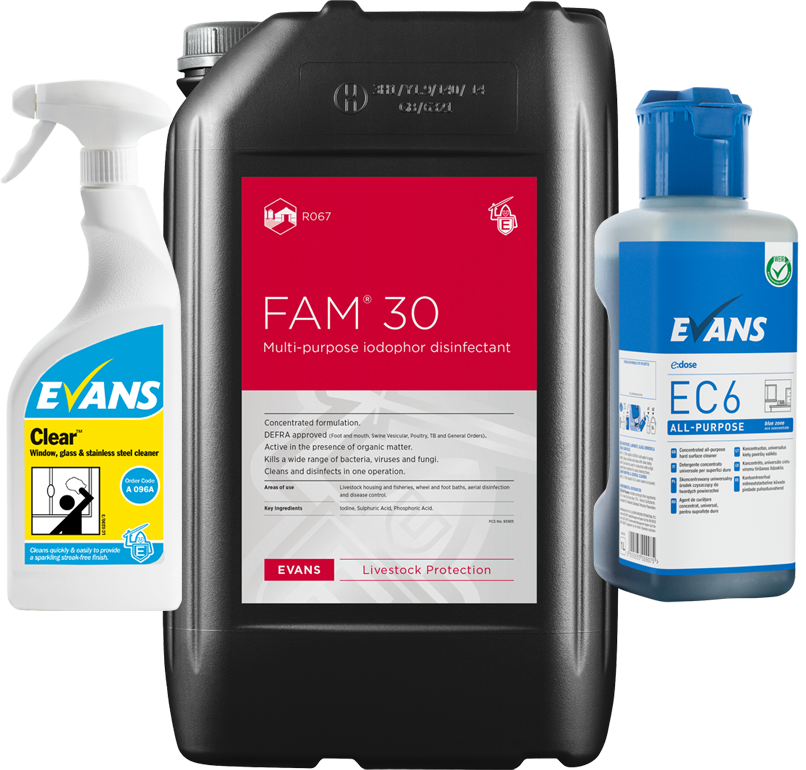27 September 2023
Mastitis prevention is crucial in the dairy industry to help produce high-quality milk, increase milk yield and maintain good animal welfare. Mastitis causing micro-organisms are normally transmitted via two main routes, environmental from dirty floors and passageways, lying areas and contaminated water and clinical found in and on the animal’s udder, transferring from cow to cow. So, a programme must be in place to prevent this transmission of bacteria, which focuses on the cow’s environment, protecting the teats and milking machinery.Our Microbiology Manager, Lisa Speed, explains that the best way to control mastitis is to protect cows from getting new infections and outlines Evans’ four step programme to prevent mastitis.
1. Pre-milking disinfection
Examine the udder for swelling, heat or pain and check the foremilk from each teat to allow for early detection of mastitis. Wipe the teat clean to remove organic soiling and dip or spray with a pre-milking disinfectant such as Evans Pre-Dip. Leave the product on the teats for the specified contact time and then wipe and dry the teats thoroughly before attaching the milking clusters. Using a pre-milking disinfectant reduces the bacteria that is present on the teats prior to milking, reducing the risk of environmental mastitis and also reduces the number of bacteria entering the milk, so helps reduce bactoscan counts.
2. Keeping records
It is important to keep records of all cases of clinical mastitis. This should include the date of the observation, animal identity, treatment and details of response to treatment. These records should help to find out when cows get infected and the source of the infections.
3. Post-milking disinfection
Post-milking, teats must be dipped or sprayed immediately after removal of the cluster, with a teat disinfectant. An effective post-milking disinfectant should contain a biocide with proven efficacy against mastitis causing organisms and teat conditioning agents to help maintain good skin condition. Any animals with mastitis should be milked last, a fresh solution should be used if dipping, and clusters should be dipped in a disinfectant solution in between milking each cow to reduce the risk of cross contamination.
4. Milking machine cleaning and disinfection
This will help to prevent bacterial contamination from one animal to another. When cleaning machinery after milking, milk residues must be removed from all surfaces to prevent the growth of bacteria, which could lead to milk contamination and also helps to reduce bactoscan counts. Products must be able to remove protein and fat whilst aiming to control the build-up of milkstone. We recommend the use of GP Acid, a fast-acting acid-based descaler to prevent milkstone and Vanosan/Vanorinse for effective cleaning of the bulk milk tanks and milking machines.
Using this four step programme alongside tried and tested dairy hygiene products should aid the prevention of mastitis, maximising the quantity and quality of the milk produced.
We offer a dairy teat disinfectant range which includes concentrates, ready to use, high emollient, thickened and film formers. All of our teat dips comply with the Biocidal Product Regulations (BPR), which regulates which products and their biocides can be placed on the market. We also have a range of detergents and disinfectants to help ensure your livestock environment is free from disease causing pathogens.












